A drought resistant, hardwood tree is helping farmers to deal with the effects of climate change such as drought, soil erosion and air pollution. With the many seen and unforeseen effects of cimate change, farmers in the arid and semi-arid areas of Kenya are now planting a wonder tree that counters desertification.
Under the sponsorship of IRFF-Germany, Urafiki Kenya NGO in partnership E.NINE solutions identified a Wonder tree that is changing lives in Kenya’s arid areas. The drought-resistant, hardwood tree, known as Melia Volkensii, is helping farmers to deal with the effects of climate change such as drought, soil erosion, and air pollution.
Locally in Kibwezi area – Where the project activity is located, the tree is known as Mukau (Kamba language). On a regional scale, this indigenous tree species is native to the dry areas of Kenya, Somalia, Ethiopia and Tanzania. Apart from fighting desertification, the tree species is known to control soil erosion, enhances soil quality, increases oxygen levels, enhances ground cover, and attracts rains.
The tree and its products are known to provide nutritious fodder for animals, especially goats and camels; it gives quality timber, poles and posts; and is more resistant to attacks by borers and termites than other species of hardwood trees. By planting these trees, the farmers will not only be conserving the environment, but also helping to enhance food security.
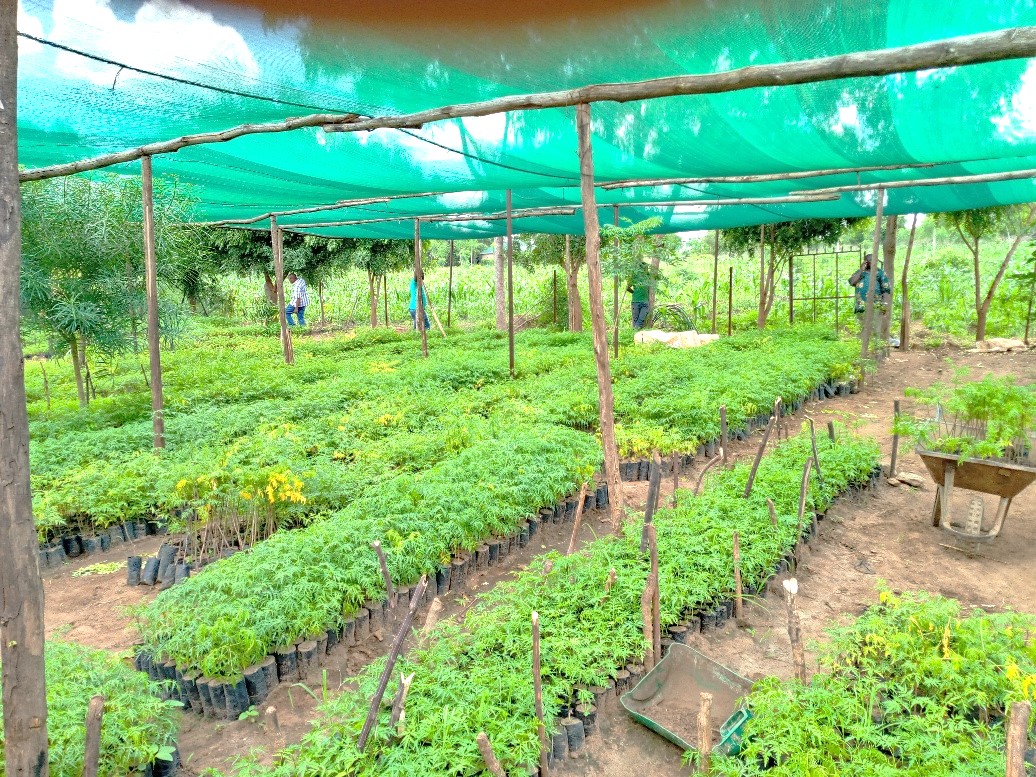
In Kenya, Melia Volkenessi is commonly grown in the ASAL areas of Kitui, Mwingi, Machakos, Embu, Taita, Samburu, Isiolo, Makueni, Tsavo and Moyale.
The tree and its products provide nutritious fodder for animals, especially goats and camels, it gives quality timber, poles and posts, and is more resistant to attacks by borers and termites than other species of hardwood trees. By planting these trees, farmers are not only conserving the environment, but are also helping to enhance food security.
What benefits does the tree offer?
1. Soil erosion control
When fully grown, the tree provides excellent coverto the soil, which prevents it from being swept away by stormwater or heavy winds. It also acts as a windbreaker and provides shade to animals during the dry season according to E.NINE solutions, https://e9solutions.co.ke/ , a company approved by KFS, Kaphis and HCDA that specialises in propagation of Melia Volkensii seedlinds.
2. Soil Improver
The falling green leaves make excellent green manure, which helps to maintain soil fertility and enhance the nutrient content of sandy soils. The falling leaves act as humus as well as plant food. The leaves have components of magnesium, nitrogen, phosphorous, and calcium, which are critical in enhancing soil fertility. The canopy provides perfect cover to the soil and prevents it from the extreme heat common in dry areas. This increases its moisture retention capacity.
3. Intercropping
Some Farmers in the larger Makueni areas have successfully intercropped the trees with green grams, cowpeas and livestock pasture. The tree contributes to improved yields. Few farmers now plant the trees commercially and sells logs for timber to buyers from Nairobi, Thika and Mombasa. Some farmers like Mr Mutie now educates other farmers on the importance of planting the trees as well as providing seedlings to interested farmers. His farm has tens of hundreds of Melia Volkensii trees.
4. Fodder for Animals
The pruning of the trees provides fodder for the animals – goats, cows etc. With these trees the farmer has enough fodder to take him through the dry season with little struggle. Goats are known to feed on the large fleshy drapes that fall off the tree. According to the World Agroforestry Organization, the Melia Volkensii fruit pulp contains almost 10 percent crude fat and 12 percent crude protein. Its mature leaves contain 5 percent fat and 20 percent crude protein.
5. Agriculture
The tree logs are known to make quality beehives and honey-making bees for forage on the flowers.
6. Fuel
Dry branches are good source of fuel to farmers.
7. Flies Control
Farmers in dry areas have been using Melia Volkensii leaf preparations and mixtures to protect goats from fleas and flies. The leaves phytochemical composition is said to act as a flea and fly repellant. The leaves are crushed and mixed with water. The solution is then sprayed on the animals, keeping away fleas, flies and ticks.
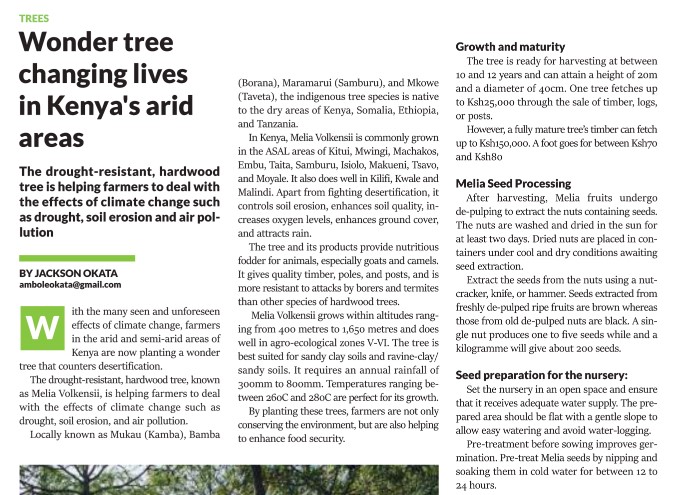
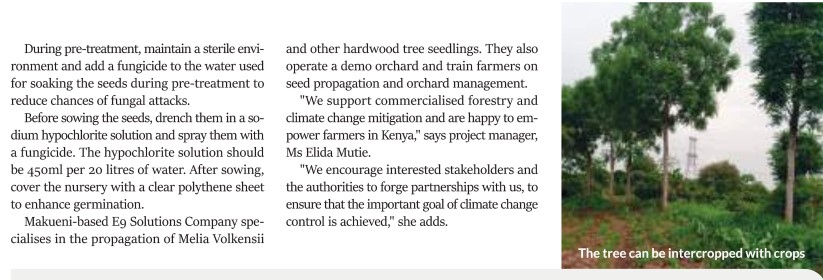
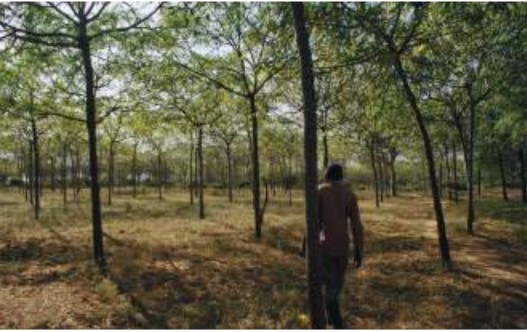
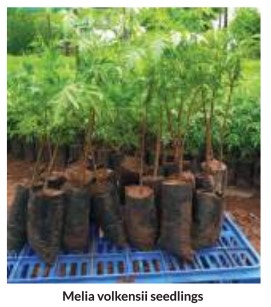
Comments are closed